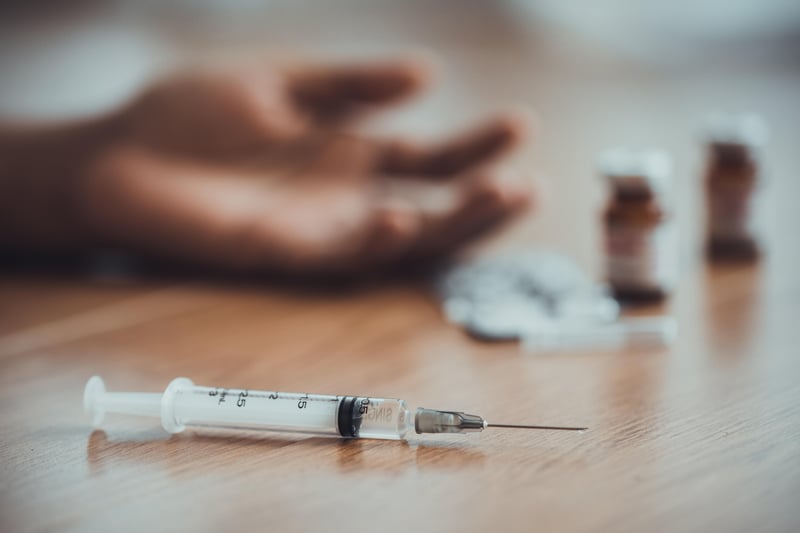Get Healthy!

- Dennis Thompson and Robin Foster
- Posted July 19, 2022
Fatal Drug ODs Are Soaring, Especially Among Minorities: CDC
The nation's opioid epidemic is hitting minority groups the hardest, with the latest government study reporting the steepest increases in overdose deaths among Black Americans and American Indians/Alaska Natives.
While overdose deaths climbed 24% among whites in 2020, still an historic high, they jumped 44% among Black people and 39% among American Indian and Alaska natives.
Illicit fentanyl, a synthetic opioid that is 50 times more potent than heroin and 100 more times more powerful than morphine, appeared to be the primary driver of the sharp increases, according to the report from the U.S. Centers for Disease Control and Prevention.
"With fentanyl, we are certainly worried about this with all populations, and with youth in particular, that a single use can kill," CDC Acting Principal Deputy Director Dr. Debra Houry said during a Tuesday media briefing on the findings. "Somebody that may not be used to using drugs or use them often, we've seen the reports of people at a party who do a single pill that's mixed with fentanyl and die."
And health care disparities make matters worse.
"These findings show that people from certain racial and ethnic minority groups have higher drug overdose death rates and less access to treatments for substance use disorders that are known to work," said report co-author Mbabazi Kariisa, a health scientist in the CDC's Division of Overdose Prevention.
"Areas with a wider income gap between the rich and the poor have higher rates of overdose deaths, and among Black people overdose rates in counties with the most income inequality were more than twice those of counties that had less income inequality," Kariisa said during the briefing.
Some of the disparities were stunning:
- In 2020, the overdose death rate among Black males 65 and older was nearly seven times that of white males of the same age.
- Young Black people (ages 15--24) suffered the largest rate increase (86%) in overdose deaths from 2019 to 2020.
- Among American Indian/Alaska Native women, those aged 25--44 saw overdose death increases that were nearly two times that of white women of the same age.
The findings were published in the July 19 issue of the Morbidity and Mortality Weekly Report.
- Increase access to proven treatment and recovery support services for all people who have substance use disorders.
- Raise awareness about the dangers of illicit fentanyl and taking more than one drug at a time, while reducing stigmas around treatment, recovery and harm reduction.
- Expand education about the lifesaving overdose reversal drug naloxone, while making fentanyl test strips and syringe service programs more available.
If you or someone you know is struggling with drug addiction, talk to your doctor or call Substance Abuse and Mental Health Services Administration's (SAMHSA) National Helpline at 1-800-662-HELP or go to SAMHSA's Behavioral Health Treatment Services.
"Everyone can play a role in preventing overdoses," Houry noted. "One way to do that is by reading and sharing resources about overdose prevention and raising awareness about the communities that are disproportionately impacted by overdose.
"Learn how to recognize the signs of overdose, and carry lifesaving naloxone with you and keep it at home," she said. "I keep it in my bag just like I carry a first aid kit to protect family, friends or anyone in the community from an overdose."
More information
Visit the U.S. National Institute on Drug Abuse for more on overdose deaths.
SOURCES: July 19, 2022, media briefing with: Debra Houry, MD, MPH, acting principal deputy director and director, National Center for Injury Prevention and Control, and Mbabazi Kariisa, PhD, MPH, health scientist, Division of Overdose Prevention, both from the U.S. Centers for Disease Control and Prevention; Morbidity and Mortality Weekly Report, July 19, 2022; U.S. Centers for Disease Control and Prevention, news release, July 19, 2022

